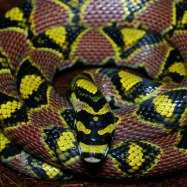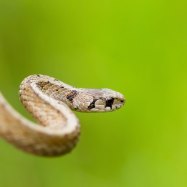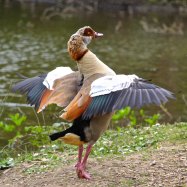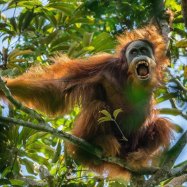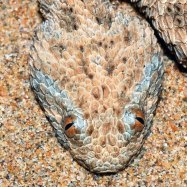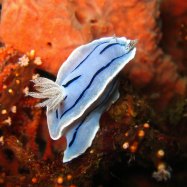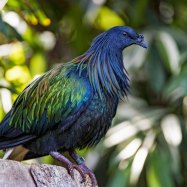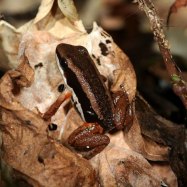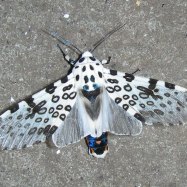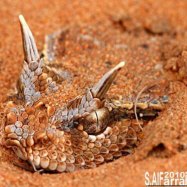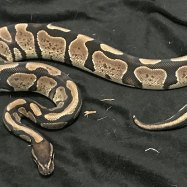
Feist
Varies
Meet the adorable Feist, a playful and energetic member of the Canidae family. These small to medium-sized dogs are native to North America, and their length varies based on their breed. With their lively personalities and compact body shape, they make great companions for active families. So if you're looking for a furry friend to join your adventures, consider adopting a cute Feist!
Animal Details Summary:
Common Name: Feist
Kingdom: Animalia
Habitat: Various habitats including forests, suburban areas, and rural landscapes
Mystery Unleashed: The Fascinating World of the Feist Dog
Dogs have been humans' faithful companions for thousands of years, but not all breeds are as well-known as others. One such intriguing breed is the Feist, a small to medium-sized dog that has remained a mystery for many pet lovers. But today, we will unravel this mystery and discover the fascinating world of the Feist dog.A Brief Introduction
The Feist dog, with a scientific name Canis lupus familiaris, belongs to the Animalia kingdom, Chordata phylum, Mammalia class, Carnivora order, and Canidae family Feist. The name "Feist" is believed to have originated from the German word "fist" which means small, tight-knotted, and lively. These qualities perfectly describe the Feist dog, making it a popular choice for hunting and as a household pet.But what makes this little dog so special? Let's dive deeper into its habitat, feeding habits, and physical characteristics to find out.
Where do Feists live?
Feist dogs are not picky when it comes to their habitat. They can thrive in various environments, including forests, suburban areas, and rural landscapes. This adaptability makes them the perfect companion for owners living in different settings. Whether you are living in an urban or rural area, the Feist dog will fit right in.The Diet of a Feist Dog
As natural hunters, Feists have a taste for both meat and plant-based foods, making them omnivorous. They enjoy a diverse diet that includes dry or canned dog food, fruits, vegetables, and even table scraps Fisher. However, it is essential to maintain a balanced diet to keep your Feist healthy and active. A well-fed Feist dog will have the energy and stamina to accompany you on your outdoor adventures.Geographical Distribution
Feists are widespread and can be found all over the world, but they originated in the United States. These dogs are extremely popular in North America, especially in rural areas where hunting is a common activity. These little hunters were often used for hunting small game such as squirrels, rabbits, and birds.The Colorful Coat of a Feist Dog
One of the most fascinating aspects of Feist dogs is their varied coat coloration. They come in a wide range of colors, including black, white, blue, red, brown, and all shades in between. Some Feists have solid coats, while others have a combination of colors, making each Feist unique and beautiful in its own way.The Body Shape of a Feist
Feist dogs come in different sizes, from small to medium, but they are generally compact and well-proportioned. These dogs have a sturdy and athletic build, making them agile and quick on their feet. They also have a short, sleek coat that requires minimal grooming. This low-maintenance aspect makes the Feist an easy-to-care-for pet for busy owners.The Size of a Feist Dog
As mentioned before, Feist dogs come in different sizes, and there is no standard height or weight for this breed. However, most Feists weigh between 15-30 pounds and stand at a height of 12-18 inches. These numbers may vary depending on the dog's individual genetics and diet.The Feist Dog Mystery: Solved
Feist dogs may have been a mystery to many, but after learning about their habitat, feeding habits, geographical distribution, coat coloration, body shape, and size, the mystery is finally solved. These dogs are extraordinary creatures that have been loyal companions of humans for centuries, and they continue to charm and amaze us with their infectious energy and adventurous spirit.So, if you're looking for a pet that is playful, intelligent, and adaptable to various environments, then the Feist dog should be at the top of your list. They are not just hunting dogs; they make great family pets and are excellent with children. So why not give these furry friends a chance and make them a part of your family? We promise you won't regret it.
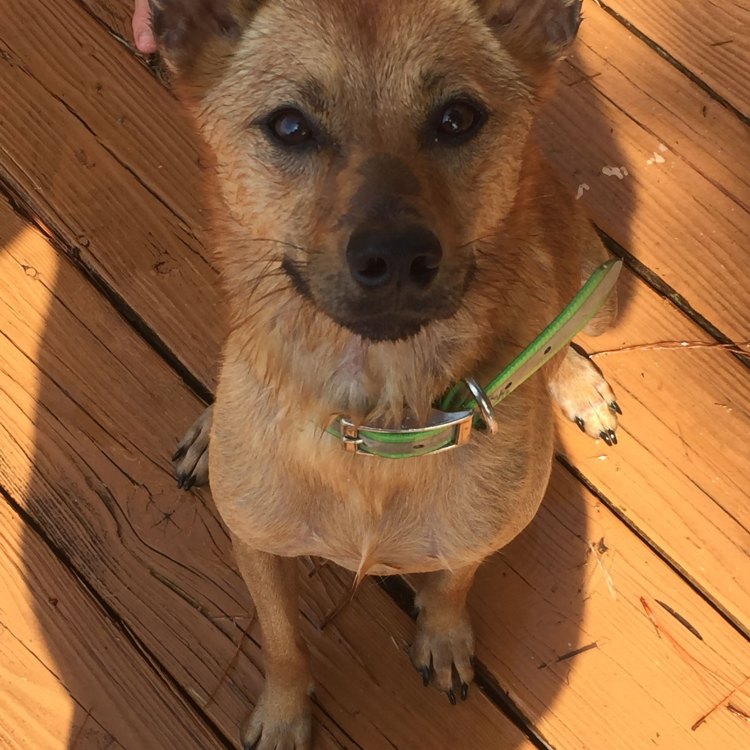
Feist
Animal Details Feist - Scientific Name: Canis lupus familiaris
- Category: Animals F
- Scientific Name: Canis lupus familiaris
- Common Name: Feist
- Kingdom: Animalia
- Phylum: Chordata
- Class: Mammalia
- Order: Carnivora
- Family: Canidae
- Habitat: Various habitats including forests, suburban areas, and rural landscapes
- Feeding Method: Omnivorous
- Geographical Distribution: Widespread
- Country of Origin: United States
- Location: North America
- Animal Coloration: Varies
- Body Shape: Small to medium-sized dog
- Length: Varies
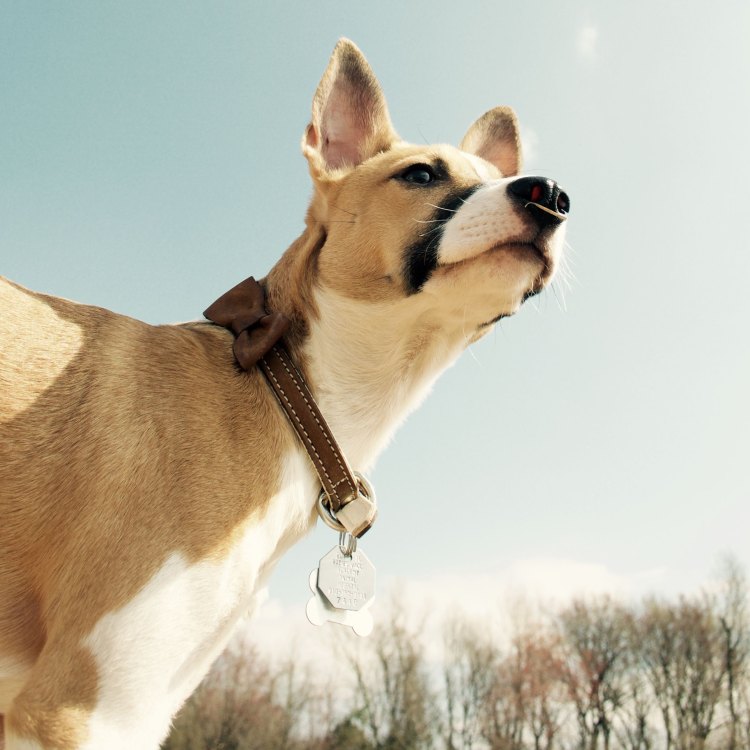
Feist
- Adult Size: Small to medium-sized
- Average Lifespan: 12-15 years
- Reproduction: Sexual reproduction
- Reproductive Behavior: Mating season varies
- Sound or Call: Varies
- Migration Pattern: Non-migratory
- Social Groups: Usually with human families
- Behavior: Energetic, intelligent, and agile
- Threats: None
- Conservation Status: Not evaluated
- Impact on Ecosystem: As domesticated dogs, they do not have a significant impact on ecosystems
- Human Use: Companionship
- Distinctive Features: Varies
- Interesting Facts: Feists are often used as hunting dogs due to their agility and scenting abilities
- Predator: None
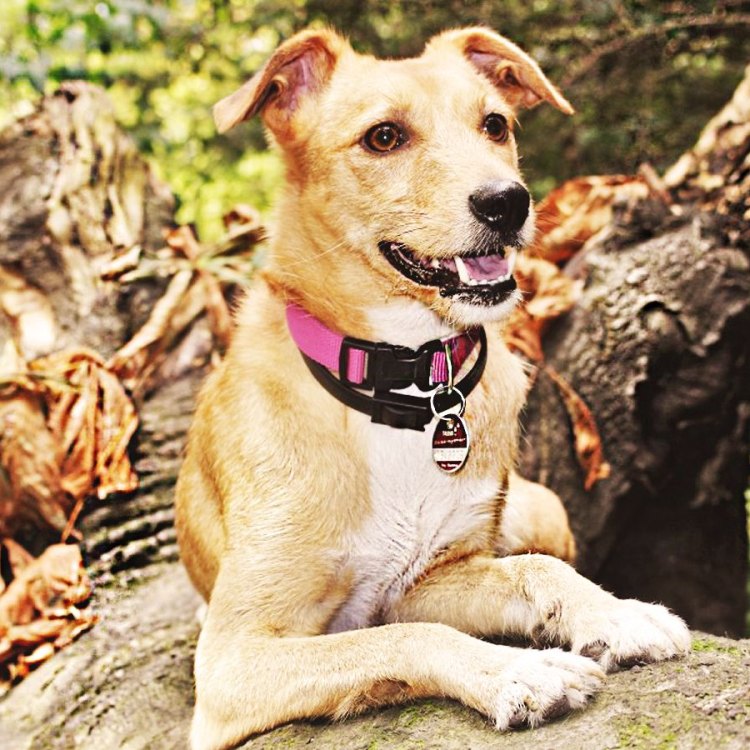
Canis lupus familiaris
The Feist: A Small but Mighty Dog
Dogs can come in all shapes and sizes, each with their own unique characteristics and behaviors. One lesser-known breed is the Feist, a small to medium-sized dog that may not seem extraordinary at first glance, but has a rich history and impressive abilities that make them truly stand out.Feists are a type of dog that originated in the United States, specifically in the southern Appalachian and Ozark regions. They were bred by early American settlers from various European working breeds, such as terriers and hounds, to create a versatile hunting dog PeaceOfAnimals.Com. The exact origin of the word "Feist" is still debated, but some believe it comes from the Dutch word "fijst," which means small dog.
One of the defining features of the Feist breed is their size. They typically weigh between 10 to 30 pounds and stand about 12 to 18 inches tall. This makes them the perfect size for hunting small game, such as rabbits, squirrels, and birds. However, their small stature doesn't limit their abilities as they are known for their agility and ability to navigate through rough terrain.
In terms of lifespan, Feists can live for an average of 12 to 15 years, which is quite long for a small dog. This means that they can be a long-term companion for their owners, bringing joy and energy into their lives for many years.
Feists reproduce through sexual reproduction, like most mammals. However, unlike other breeds where mating season is predictable, Feists do not have a specific breeding season Flamingo. This is due to their diverse breeding background, which includes both scent hounds and game terriers. This characteristic makes them less predictable but also gives them a unique adaptability.
When it comes to their reproductive behavior, Feists are known to be social creatures. They usually mate with other Feists, but they can also mate with other small breeds, such as Jack Russell Terriers or Rat Terriers. The result is a mix of traits and a unique-looking dog. It is important to note that crossbreeding can result in unpredictable temperament and physical characteristics, so it is not recommended unless done by experienced breeders.
One of the most distinctive features of Feists is their vocalizations. Unlike many other breeds, Feists do not have a consistent sound or call. Instead, their vocalizations can vary, depending on the situation. They may bark, yip, growl, or even howl. This makes them excellent watchdogs, alerting their owners to any potential intruders or unknown sounds.
Feists are non-migratory animals, meaning they typically do not travel long distances. This is because they were bred to be hunting dogs and would often stay close to their human companions while tracking and chasing prey. However, some Feists may have a tendency to run off if they catch a scent that interests them, so they should always be supervised when off-leash.
In terms of social groups, Feists are known to bond strongly with their human families. They enjoy being around people and thrive in a family environment. This makes them great pets for families with children, as they are energetic, friendly, and playful. However, they may not do well with other pets, especially small animals like rabbits or birds, as their hunting instincts may kick in.
Feists are also known for their energetic, intelligent, and agile behavior. They are always on the go, and this makes them great companions for outdoor activities, such as hiking, running, or even agility training. Their intelligence also makes them easily trainable, and they excel in tasks that require problem-solving and critical thinking skills.
One interesting fact about Feists is that they are often used as hunting dogs even today. Due to their agility and keen sense of smell, they make excellent companions for hunting squirrels, rabbits, and other small game. Their small size also allows them to easily navigate through thick brush and climb trees to retrieve the hunted prey.
Despite their hunting abilities, Feists do not have any natural predators. As domesticated dogs, they are protected by their human families and do not face any significant threats in the wild. This, along with their adaptable nature, makes them a relatively low-maintenance breed in terms of potential dangers in their environment.
Feists are not evaluated by any major conservation organizations as they are considered a domesticated breed. However, they have recently gained recognition from the United Kennel Club, which added them as a registered breed in 2015. This highlights their growing popularity and recognition as a unique and valuable breed of dog.
As domesticated animals, Feists do not have a significant impact on ecosystems. They do not have any natural predators, and they do not hunt or prey on other animals besides small game under the supervision of their owners. Therefore, they do not cause any disruptions to the natural balance of an ecosystem.
The human use of Feists is mainly as companions. Their energetic and friendly personalities make them great pets for individuals or families. However, they can also be trained for various tasks, including hunting, agility, and even therapy work. Their adaptability, intelligence, and loyalty make them suitable for a wide range of situations and environments.
Feists have a variety of physical characteristics, depending on their breeding. They can have different coat textures and colors, ranging from smooth and short to coarse and long. Their coat colors can be any solid or combination of colors, such as black and white, brown and white, or tri-color. They also have different ear shapes and sizes, with some having erect, dropped, or even a mix of both ears.
In conclusion, Feists may be small in size, but they are mighty in their abilities and impact. Their history as a versatile hunting dog and adaptability to various situations make them a unique breed. Their energetic, intelligent, and friendly personalities make them great companions for individuals and families alike. Despite not having a significant impact on ecosystems, Feists have made a significant contribution to the lives of their human counterparts as loyal and loving pets. So if you are looking for a dog with a big heart and unique qualities, the Feist may just be the perfect furry companion for you.
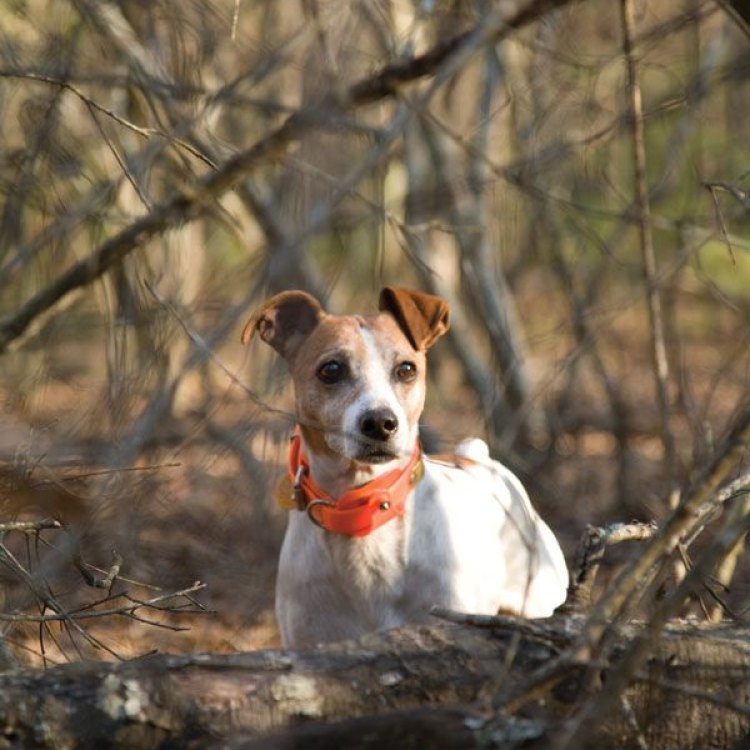
Mystery Unleashed: The Fascinating World of the Feist Dog
Disclaimer: The content provided is for informational purposes only. We cannot guarantee the accuracy of the information on this page 100%. All information provided here may change without prior notice.

